Growing and caring for garden tradescantia
At the word "tradescantia", a curly indoor flower appears in the imagination, decorating an office, kindergarten, library or any other room. But there is one more type - garden tradescantia. It is very popular with gardeners who grow it in street beds or next to a pond, combining with hosts, astilbe and ferns.
Description
Garden Tradescantia is a perennial shrub about half a meter high with narrow and long (up to 20 cm) dark green leaves with a noble silvery shade. Leaves can be lanceolate or oval. Numerous flowers do not exude a special aroma, but, despite this, they are excellent honey plants, attracting bees with a richness of colors and a convenient size of cups. Tradescantia is distinguished by abundant and long flowering, thanks to which it has excellent decorative properties. When used in landscape design, its companions can be anemones, swimwear, geraniums.
These incredibly attractive plants became so popular thanks to the research of the American botanist Anderson, his painstaking work on creating hybrids. The basis for this work was the Virginia Tradescantia, and all hybrids bear the same name - Anderson's Tradescantia. The flowers of the Virginia tradescantia are usually blue or blue, their short-term flowering is compensated for by continuity throughout the summer: first the central shoots bloom, then the lateral ones, then the central ones that have gained color again. The external appearance of numerous species and varieties is striking in its diversity. The growing area is extensive: from temperate climates to tropical.
The main differences between hybrids:
- the height of the bush (ranges from 0.2 to 0.6 m);
- foliage color;
- the size of the flowers;
- their color.
Tradescantia is the owner of fairly large flowers with various shades. They can be white, pink, lavender, raspberry, bright blue, even two-colored, which gives the plant a special appeal. But there is a kind of Tradescantia that stands alone. This is a white-flowered, or tricolor tradescantia. It can be recognized by its smooth, pointed-heart-shaped leaves, creeping knobby shoots and small white flowers that give the variety name. It also differs in the color of the foliage: striped, white-green, with pink stains and strokes.
Choosing a place for Tradescantia and caring for it
Many growers do not risk growing Tradescantia in the open field, believing that because of its thermophilicity, it can die in the open air. But this is not at all the case. Garden Tradescantia, the varieties of which are intended for cultivation in the open field, is distinguished by its unpretentiousness. The plant feels great on an open balcony, terrace, in a flower bed, etc. The most important thing is that the site for planting Tradescantia is slightly shaded - with openwork penumbra, with well-fertilized and moist soil.
Garden tradescantia does not really like direct sunlight, it can lose the saturation of the color of the leaves, the flowers will become much smaller, and the drying out of the soil will lead to the cessation of flowering. Therefore, you need to monitor the moisture content of the soil, water it on time, and in extreme heat it would not hurt to spray it with cool water in the late afternoon. But it is also impossible to fill in, the roots may rot or lodging of the stems will occur.
In order for the plant to delight with its beauty and be constantly in bloom, it should be fed.
- Spring feeding is carried out after warming up the earth.It is necessary to embed complex mineral fertilizer into the soil by 5-7 cm at the rate of 30 g per 1 m2.
- From the beginning of flowering, it is advisable to water the tradescantia every decade. liquid fertilizer for flowering plantsthat is sold at any gardening store. Follow the instructions for the drug.
With proper care, perennial tradescantia will grow in one place for several years without requiring a transplant. This original shrub will serve as an excellent decoration for the coastal zone of a small reservoir located on the site.
Advice
It is better to plant Tradescantia at a short distance from the water edge, since the plant does not tolerate waterlogging of the soil.
Another positive quality of Tradescantia is an absolutely indifferent attitude towards it of garden pests due to its high resistance to diseases. So you can save on buying insecticides for this flower.
If in the spring Tradescantia does not appear on the surface of the earth for a long time, it means that the night frosts have not yet ended - figuratively speaking, the “inner instinct” protects it from death.
And finally, the last: it happens that the plant bends to the ground due to the abundant and heavy flowers. You just need to tie it to some kind of support.
How does Tradescantia reproduce?
This is absolutely not a complicated process. There are three breeding methods:
- dividing the bush.
- by cuttings.
- seeds.
Dividing the bush
The tradescantia bush has a compact appearance, it cannot be called a garden aggressor. Without requiring constant attention to itself, a flower can grow in one place for many years. Nevertheless, at least once every five years, it becomes necessary to divide the bush for rejuvenation, since the old plant gives less and less flowers every year. The best time for this is spring, when young shoots begin to appear.
Having carefully dug out the bush, divide it into 3-4 bushes (if the bush is large, you can do more). You should act carefully, trying to cause as little damage to the root system as possible. Plant the resulting bushes in the prepared holes in a permanent place. Be sure to water them, remembering to do this in the next few days. If the soil is well fertilized, then a couple of years of tradescantia will not require any additional feeding.
Cuttings
This is the easiest way to reproduce. Having cut off any tip with 3-4 nodes, you can wait for the roots to appear in a glass of water, or you can immediately root it in the shaded area. Water regularly for several days, but in moderation for better rooting.
Seeds
Tradescantia can be propagated by seed through self-seeding. But with such a reproduction, varietal characteristics are unlikely to be preserved, and next year, thanks to surprise seedlings, you can get completely different from what was expected. To prevent this from happening, all peduncles should be removed after the end of the flowering period.
It is possible to preserve varietal characteristics only through a vegetative propagation method. Seed reproduction will be of interest primarily to breeders for breeding a new variety or to people who love unexpected surprises.
Seeds can be sown in early spring, around the end of March or early April, or in late autumn, and in the spring you can simply sow the seedlings. It should be borne in mind that a tradescantia planted with seeds will bloom only in the 3rd year.
Removing faded shoots will not only protect against self-seeding, but also give an impetus for the formation of new, young shoots. As a rule, even more flowers appear on them, which not only give aesthetic pleasure, but also attract bees and butterflies.
Useful qualities and medicinal properties of Tradescantia
It is unlikely that a person planting Tradescantia in his apartment or garden does so because of its medicinal properties. Most likely, he doesn't even know about them. But the cat knows about it, eating this plant with appetite. Instead of scolding your favorite, you need to think about why she does this.
In addition to the fact that Tradescantia purifies the air in the room, eliminating dust, tobacco smoke and toxins from building materials and furniture, it has a whole range of medicinal properties.
- Small wounds. A leaf attached to the wound will disinfect it and promote healing.
- Furuncle. The leaf, crushed until the juice appears, can be applied to the boil, bandaged, and changed after 7 hours. Repeat the procedure until the abscess is opened.
- Diarrhea. Prepare the infusion: put the chopped stem with leaves (about 20 cm in length) in a glass of hot water, drain after 2 hours and drink half a glass twice a day half an hour before meals. Acts as an antibacterial agent.
- Angina. Add squeezed juice from several shoots to a glass of warm water. Rinse the throat and mouth three times a day.
- Diabetes. Place crushed stems of tradescantia with leaves (20-25 cm in length) in 0.5 l of vodka, leave for 2 weeks in a dark place, drain. Dilute a teaspoon of this solution in a quarter of a glass of water and drink three times a day a quarter of an hour before meals. Take in a course of 1 month. After a two-week break, repeat.
- Runny nose. 2 drops of juice in each nostril three times a day.
- Periodontal disease. Chew the leaves three times a day.
Thanks to the varietal variety and absolute unpretentiousness, garden tradescantia is increasingly winning the hearts of flower growers. And if we take into account its medicinal properties, then it is simply necessary in any garden or apartment.
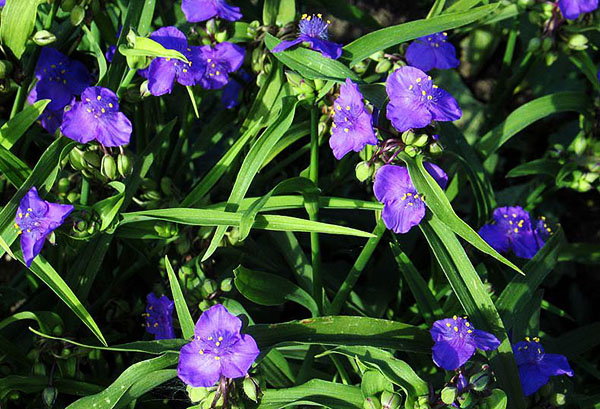
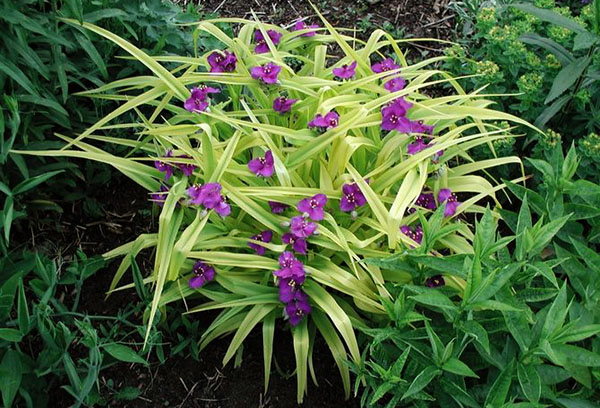
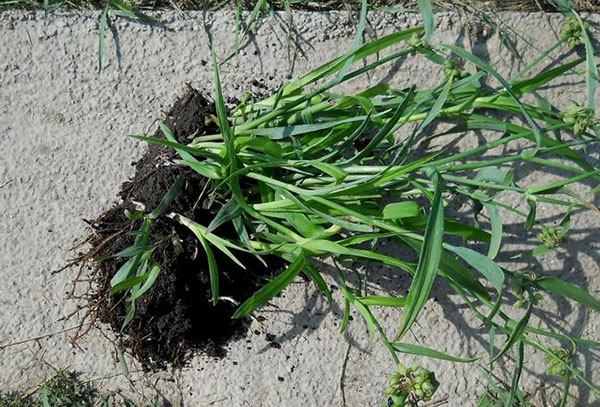
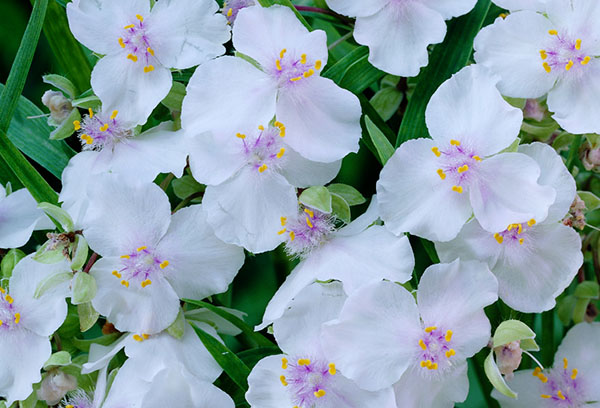
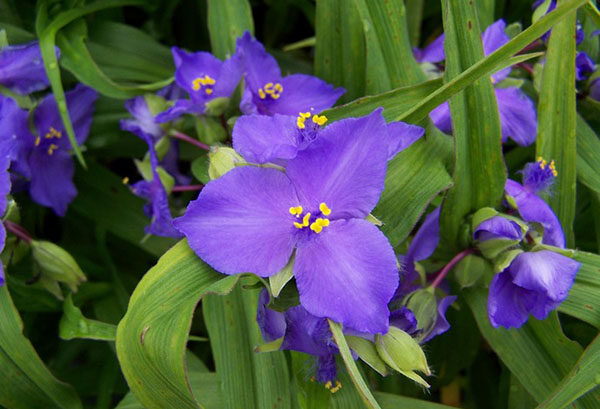
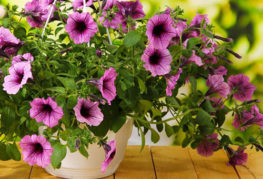
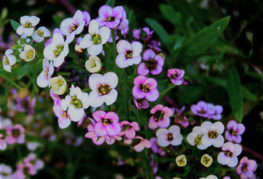
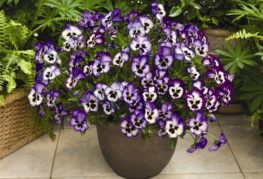

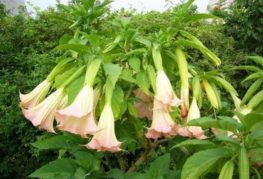

and will be published shortly.